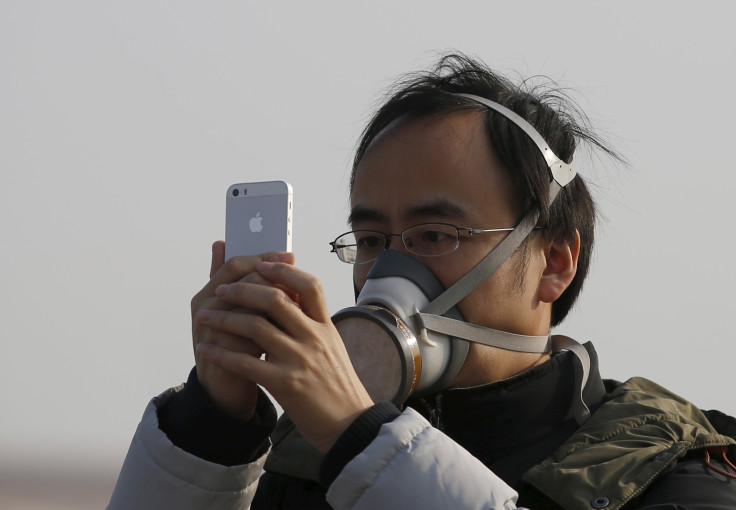China Says It Has Met Pollution Reduction Goals Early As Smog Envelops Beijing

Chinese environment minster Chen Jining announced that China had achieved its pollution reduction targets six months before the deadline, according to Chinese media reports. The target to cut down emissions of major pollutants was set as part of its last five-year plan for the 2010 to 2015 period.
"Not only are we working to fix our domestic environmental problems, we have made considerable contributions to addressing international challenges, too," Chen said, according to state-run news agency Xinhua. However, the environment minister warned that the country needed to cut pollutants by as much as 30 percent to 50 percent before the country sees a “substantial improvement” in its damaged air, water and soil.
The minister's comments came on the same day that air pollution reached its highest level in Beijing in 13 months, prompting the city to upgrade to the second-highest “orange” alert for the first time this year.
At about 10 a.m. local time (9 p.m. EST, Saturday) Beijing’s municipal government reportedly recorded a reading -- of particulate matter deemed to pose the greatest risk to human health -- nearly 12 times higher than levels deemed safe by the World Health Organization.
The smog in Beijing is not expected to lift for about two more days, Chinese media reported, citing Beijing’s environment bureau. Dense air pollution has become a major cause for concern among residents in Chinese cities, which rank among the most polluted urban centers in the world due to rapid industrialization and expansion.
Under the last Five-Year Plan formed in 2010, China aimed to cut emissions of sulphur dioxide, nitrogen oxide and ammonia nitrogen, as well as chemical oxygen demand (COD), a measure of organic pollutants in water.
Since then, China has managed to reduce sulfur dioxide discharge by 12.9 percent and COD discharge by 10.1 percent, according to the environment minister. Chen also pointed out Sunday that the surface area affected by acid rain in China had shrunk to 1990s levels, while water quality had also improved significantly.
As world leaders look to China to take a leadership role in the two week-long Paris climate change summit, the country has estimated that its carbon emissions will peak by 2030 and then gradually taper down as it moves away from a pollution-intensive industrialized economy.
© Copyright IBTimes 2024. All rights reserved.











